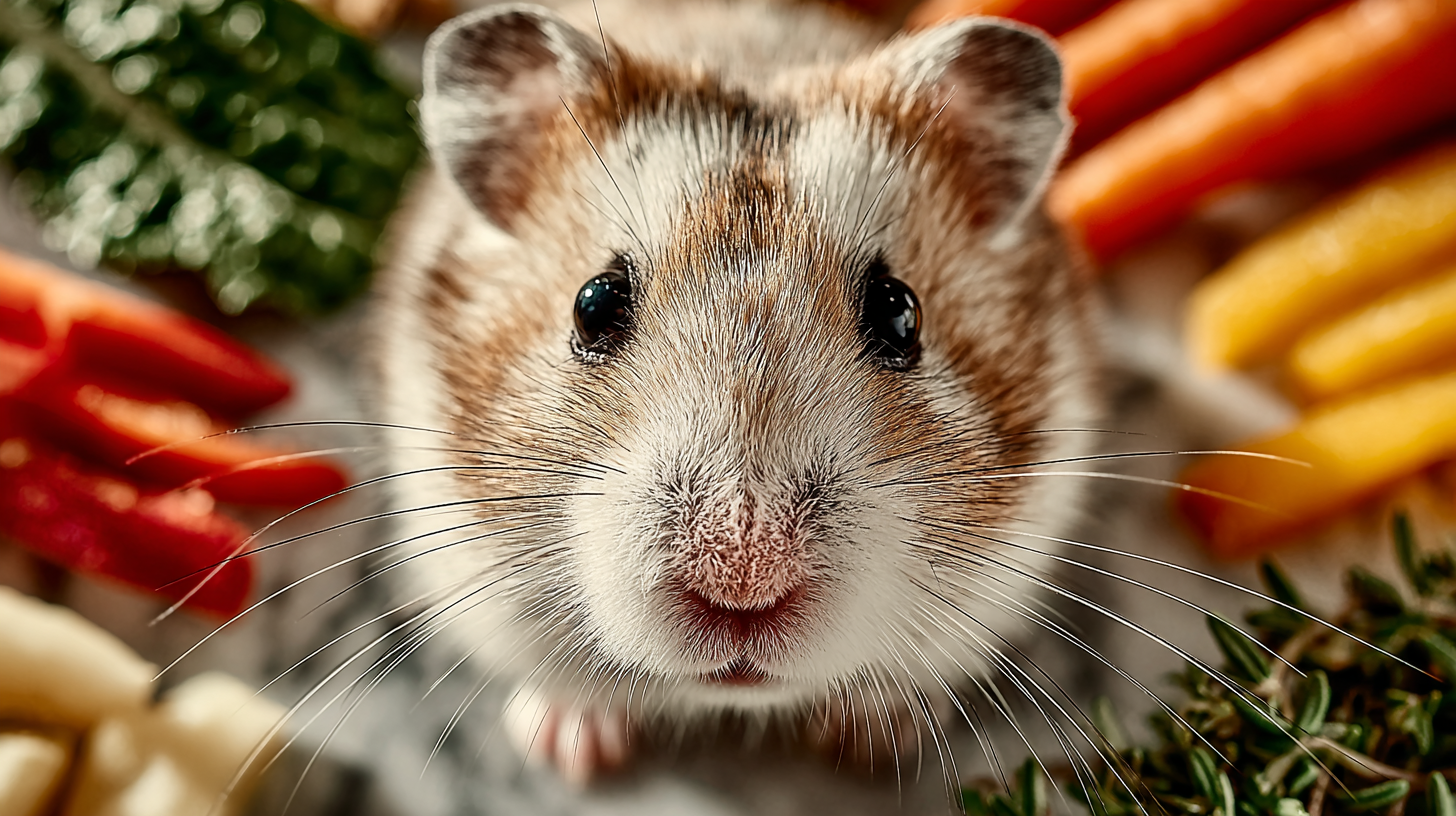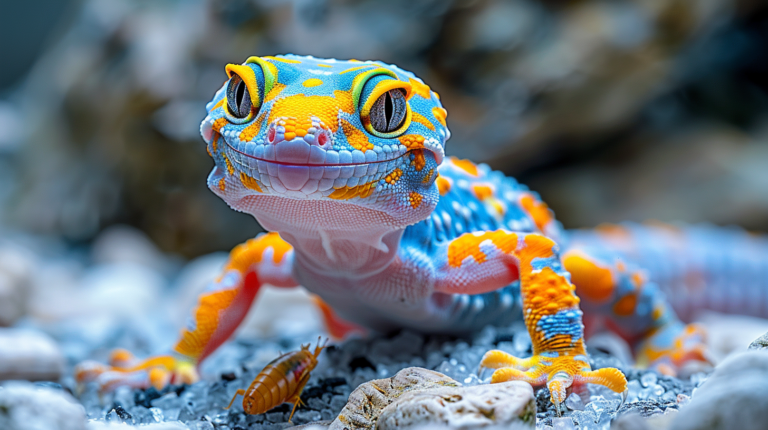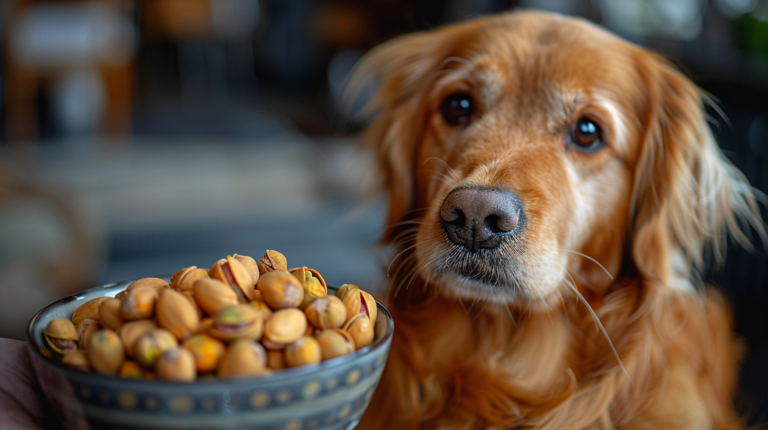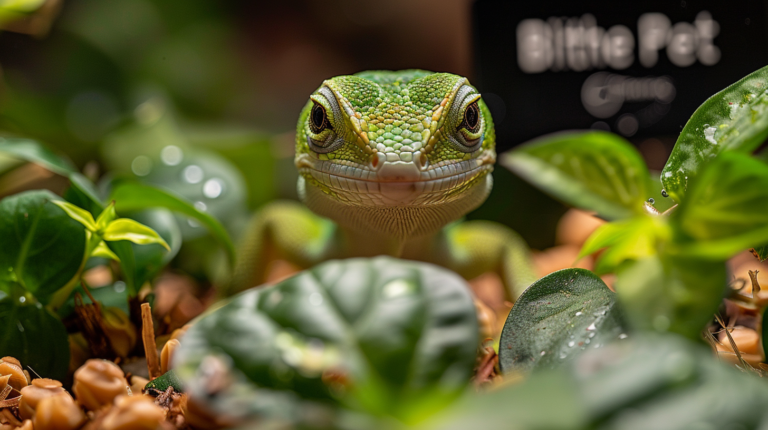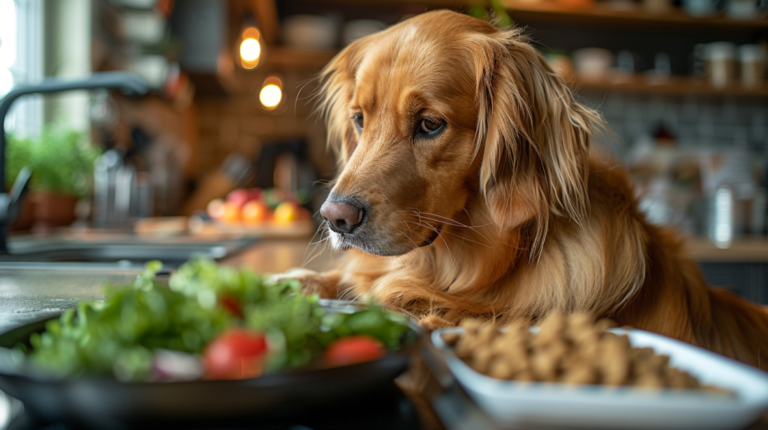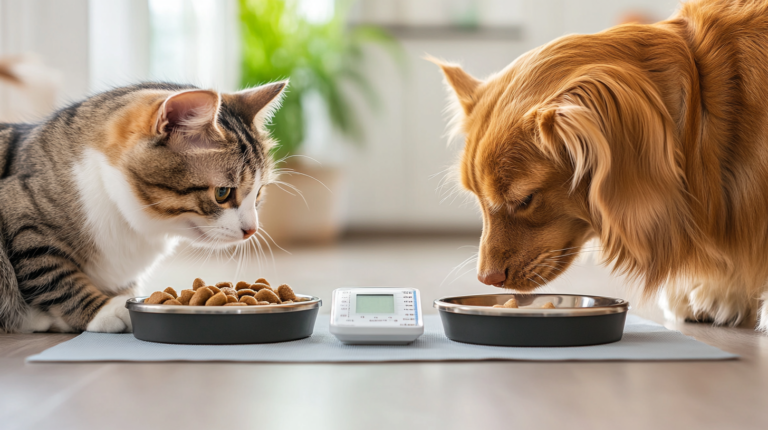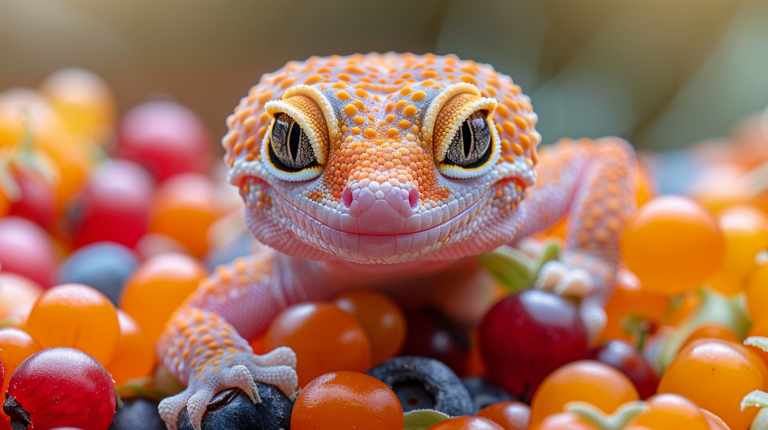Discover 5 healthy snacks for small pets that boost nutrition and happiness. Expert tips for rabbits, guinea pigs, hamsters & more. Safe, delicious treats inside!
Table of Contents
Small pets bring immense joy to our lives with their playful personalities and adorable antics. Whether you’re caring for a curious hamster, an energetic guinea pig, or a gentle rabbit, providing proper nutrition is essential for their health and happiness. While commercial pet foods form the foundation of their diet, healthy snacks for small pets can add variety, enrichment, and additional nutrients to support their wellbeing.
Many pet owners struggle with knowing which treats are safe and beneficial for their furry companions. With so many options available, it can be overwhelming to choose snacks that not only taste great but also contribute to your pet’s overall health. The wrong choices can lead to digestive issues, obesity, or nutritional imbalances that affect your pet’s quality of life.
This comprehensive guide explores five nutritious and delicious snack options that small pets absolutely love. From crunchy vegetables to sweet fruits, we’ll cover everything you need to know about incorporating healthy snacks for small pets into their daily routine. Each recommendation comes with specific preparation methods, portion guidelines, and safety considerations to ensure your beloved companion receives the best possible care.
Understanding Small Pet Nutritional Needs
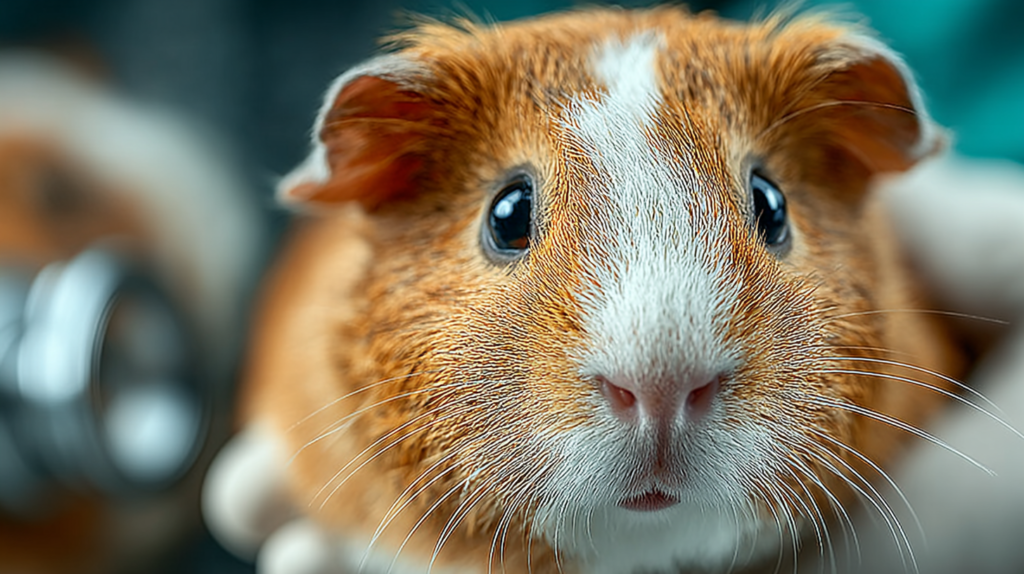
Before diving into specific snack recommendations, it’s crucial to understand the unique nutritional requirements of small pets. Unlike dogs and cats, most small pets are herbivores or omnivores with specialized digestive systems that require careful attention to dietary composition.
Fiber Requirements and Digestive Health
Small pets, particularly rabbits and guinea pigs, require high-fiber diets to maintain healthy digestive function. Their cecum, a specialized part of their digestive system, relies on consistent fiber intake to produce cecotropes – nutrient-rich pellets that pets re-ingest for optimal nutrition absorption. Timothy hay should comprise 80-85% of their diet, with pellets and fresh foods making up the remainder.
Research from the Journal of Exotic Pet Medicine indicates that inadequate fiber intake can lead to gastrointestinal stasis, a potentially life-threatening condition affecting up to 15% of pet rabbits annually. This emphasizes the importance of selecting high-fiber snacks that support rather than compromise digestive health.
Vitamin C Requirements
Guinea pigs and some other small pets cannot synthesize vitamin C naturally, making dietary sources essential. A deficiency can lead to scurvy, characterized by dental problems, joint issues, and weakened immune systems. Adult guinea pigs require approximately 30mg of vitamin C daily, while pregnant or nursing females need up to 100mg.
Sugar and Carbohydrate Considerations
Small pets have sensitive digestive systems that can be easily disrupted by excessive sugar or simple carbohydrates. Foods high in sugar can alter gut bacteria balance, leading to soft stools, gas, and potentially dangerous conditions like cecal impaction. This is why many commercial treats marketed for small pets are actually inappropriate for regular feeding.
The Top 5 Healthy Snacks for Small Pets
1. Fresh Leafy Greens: Nature’s Nutritional Powerhouse
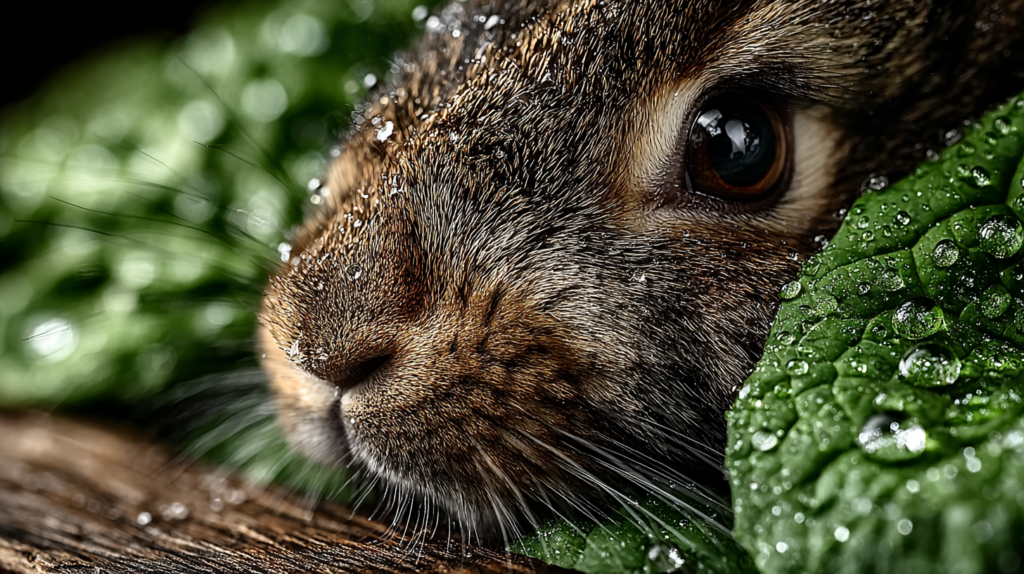
Leafy greens represent one of the most nutritious categories of healthy snacks for small pets. These vegetables provide essential vitamins, minerals, and fiber while offering variety in texture and flavor that keeps pets engaged and satisfied.
Best Leafy Green Options
Romaine Lettuce: Often overlooked due to its high water content, romaine lettuce provides excellent hydration while delivering vitamin A, vitamin K, and folate. Unlike iceberg lettuce, which offers minimal nutrition, romaine contains beneficial antioxidants that support immune function.
Cilantro: This herb packs a powerful nutritional punch with high levels of vitamin C, vitamin A, and calcium. Many small pets find cilantro’s distinct aroma irresistible, making it an excellent choice for picky eaters.
Parsley: Rich in vitamin C and iron, parsley should be offered in moderation due to its high calcium content. Flat-leaf parsley tends to be more palatable than curly varieties.
Dandelion Greens: These wild greens are incredibly nutrient-dense, containing vitamin A, vitamin C, iron, and calcium. Ensure you harvest from pesticide-free areas or purchase organic varieties.
Arugula: With its slightly peppery flavor, arugula provides variety while delivering vitamin K, calcium, and antioxidants. Start with small amounts as some pets may find the taste strong initially.
Preparation and Serving Guidelines
Wash all leafy greens thoroughly under cool running water to remove dirt, pesticides, and potential bacteria. Pat dry with clean paper towels or use a salad spinner. Remove any wilted or damaged leaves before serving.
For optimal freshness and nutrition, serve leafy greens within 24 hours of washing. Store prepared greens in the refrigerator in a ventilated container lined with paper towels to absorb excess moisture.
Portion recommendations by pet type:
- Rabbits (2-4 lbs): 1-2 cups daily
- Guinea pigs: 1 cup daily
- Hamsters: 1-2 tablespoons daily
- Chinchillas: Very small amounts occasionally
2. Crunchy Bell Peppers: Vitamin C Champions

Bell peppers stand out as exceptional healthy snacks for small pets, particularly for species requiring dietary vitamin C. These vibrant vegetables combine nutritional density with satisfying crunch that promotes dental health through natural chewing action.
Nutritional Benefits
Red bell peppers contain the highest concentration of vitamin C among pepper varieties, providing approximately 190mg per cup – more than six times the amount found in oranges. This makes them invaluable for guinea pigs and other vitamin C-dependent species.
Beyond vitamin C, bell peppers offer:
- Vitamin A for eye health and immune function
- Vitamin B6 for nervous system support
- Folate for cellular health
- Antioxidants like beta-carotene and lycopene
Color Variations and Their Benefits
Red Bell Peppers: Fully ripened with the highest vitamin C content and sweetest flavor. Most small pets prefer red peppers due to their natural sweetness.
Yellow Bell Peppers: Moderate vitamin C levels with a mild, sweet taste. Good for pets transitioning from commercial treats to fresh foods.
Orange Bell Peppers: Similar nutritional profile to yellow with slightly higher beta-carotene content.
Green Bell Peppers: Lower in vitamin C and more bitter due to their unripe state. Some pets may find them less palatable.
Preparation Methods
Remove all seeds and white membrane, as these can be difficult to digest and may cause gastrointestinal upset. Cut peppers into appropriate sizes for your pet – thin strips for smaller pets, larger pieces for rabbits.
Fresh peppers can be served raw or lightly blanched. Blanching for 30 seconds in boiling water followed by immediate cooling can make peppers easier to digest for sensitive pets while retaining most nutrients.
Serving frequencies:
- Guinea pigs: Daily (1-2 tablespoons)
- Rabbits: 3-4 times weekly (2-3 tablespoons)
- Hamsters: 1-2 times weekly (small piece)
3. Apple Slices: Sweet Treats with Dietary Fiber
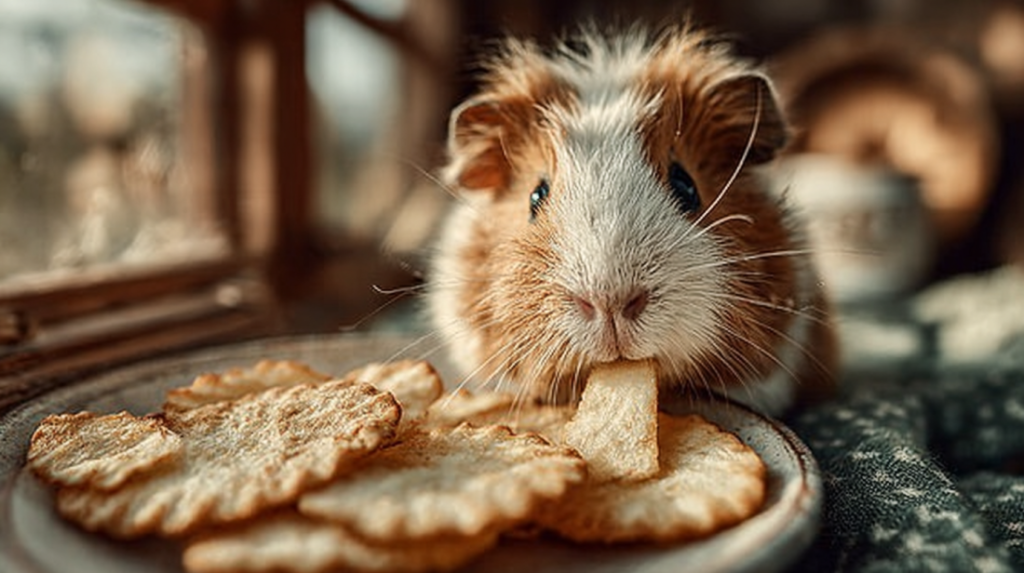
Apples provide natural sweetness that small pets find irresistible while delivering important nutrients and fiber. When prepared correctly, apple slices serve as excellent healthy snacks for small pets that support digestive health and provide enrichment through varied textures.
Nutritional Composition
Apples contain soluble fiber, particularly pectin, which supports healthy digestion and helps regulate blood sugar levels. The skin provides additional fiber and nutrients, making unpeeled apples more nutritious than peeled varieties.
Key nutrients in apples include:
- Vitamin C for immune support
- Dietary fiber for digestive health
- Potassium for heart function
- Antioxidants like quercetin and catechin
Variety Selection
Granny Smith: Tart flavor with firm texture that provides excellent chewing exercise. Lower sugar content makes them suitable for diabetic pets.
Gala: Sweet and crisp with thin skin that’s easy to digest. Good choice for pets transitioning to fresh foods.
Fuji: Very sweet with high water content. Serve in smaller portions due to higher sugar levels.
Honeycrisp: Excellent crunch with balanced sweet-tart flavor. Thick skin requires thorough washing.
Safety Considerations
Always remove seeds, stems, and core before serving. Apple seeds contain amygdalin, which releases cyanide when digested and can be toxic to small pets. Even small amounts can cause problems due to their sensitive digestive systems.
Wash apples thoroughly, even organic varieties, to remove surface bacteria and potential pesticide residues. Consider purchasing organic apples when possible, as they typically contain fewer chemical residues.
Portion guidelines:
- Rabbits: 1-2 thin slices daily
- Guinea pigs: 1 small slice 3-4 times weekly
- Hamsters: Small piece twice weekly
- Chinchillas: Very small amounts occasionally
4. Herb Medley: Basil, Mint, and Oregano
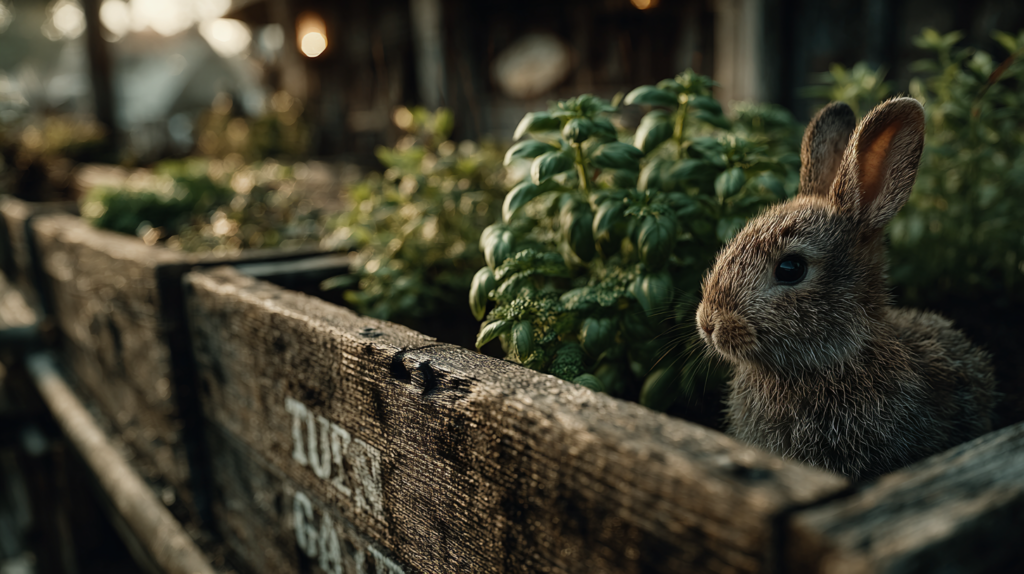
Fresh herbs represent some of the most nutrient-dense healthy snacks for small pets available. These aromatic plants provide concentrated vitamins, minerals, and beneficial compounds while adding variety and enrichment to your pet’s diet.
Basil: The Antioxidant Powerhouse
Sweet basil contains powerful antioxidants including eugenol, which has anti-inflammatory properties. It’s rich in vitamin K, essential for blood clotting and bone health, and provides vitamin A for immune function.
Many small pets enjoy basil’s sweet, slightly spicy flavor. Start with small amounts to gauge your pet’s preference, as some may find the taste initially overwhelming.
Mint: Digestive Support and Fresh Breath
Spearmint and peppermint offer natural digestive benefits through compounds like menthol and menthone. These substances can help soothe minor digestive upset and provide natural breath freshening effects.
Mint’s cooling properties make it particularly appealing during warmer months. The strong aroma can also provide environmental enrichment by stimulating your pet’s senses.
Oregano: Natural Immune Support
Oregano contains carvacrol and thymol, compounds with natural antimicrobial properties. Research suggests these compounds may help support immune system function and digestive health.
The herb’s strong flavor means it should be introduced gradually and offered in smaller quantities than milder herbs like basil.
Growing Your Own Herb Garden
Consider growing herbs specifically for your pets to ensure pesticide-free, fresh options year-round. Most herbs grow well in containers and can be maintained indoors with adequate light.
Container growing tips:
- Use organic potting soil
- Provide 4-6 hours of direct sunlight daily
- Water when soil feels dry to touch
- Harvest regularly to encourage growth
Serving recommendations:
- Offer 2-3 different herbs weekly
- Start with small amounts (few leaves)
- Observe for any digestive changes
- Rotate varieties to prevent boredom
5. Carrot Sticks: Crunchy Nutrition for Dental Health

Carrots provide excellent nutrition and natural dental benefits, making them outstanding healthy snacks for small pets. The firm texture promotes healthy teeth and gums while delivering essential nutrients that support overall health.
Nutritional Benefits
Carrots are renowned for their high beta-carotene content, which converts to vitamin A in the body. This nutrient is crucial for eye health, immune function, and skin integrity. A single medium carrot provides over 200% of the daily vitamin A requirement for most small pets.
Additional nutrients include:
- Fiber for digestive health
- Potassium for heart function
- Vitamin K for blood clotting
- Biotin for healthy skin and coat
Dental Health Advantages
The fibrous texture of raw carrots provides natural abrasive action that helps remove plaque and tartar buildup. This chewing action also stimulates saliva production, which naturally cleanses the mouth and neutralizes harmful bacteria.
Regular carrot consumption can help prevent dental problems that affect up to 80% of small pets over three years old. The natural sugars in carrots are bound within the fiber matrix, making them less likely to contribute to tooth decay compared to processed treats.
Preparation Techniques
Wash carrots thoroughly under cool running water, scrubbing with a vegetable brush to remove dirt and surface contaminants. Organic carrots can be served with skin intact, while conventional carrots should be peeled to remove potential pesticide residues.
Cut carrots into appropriate sizes for your pet. Thin sticks work well for rabbits and guinea pigs, while tiny pieces suit hamsters and gerbils. Avoid choking hazards by ensuring pieces are appropriately sized for your pet’s mouth.
Size guidelines by pet:
- Rabbits: 1-2 inch sticks
- Guinea pigs: 1/2 inch pieces
- Hamsters: 1/4 inch small pieces
- Chinchillas: Very small amounts
Feeding Guidelines and Portion Control
Understanding Proper Portions
Portion control is critical when offering healthy snacks for small pets. Even nutritious foods can cause problems when offered in excessive amounts. The general rule is that treats and fresh foods should comprise no more than 10-20% of your pet’s total daily food intake.
Daily Feeding Schedule
Morning feeding (7-8 AM):
- Primary hay and pellet portion
- One serving of leafy greens
- Small piece of fruit or vegetable
Evening feeding (5-6 PM):
- Remaining hay and pellets
- Herb garnish or special treat
- Fresh water check
Monitoring Your Pet’s Response
Watch for signs of digestive upset when introducing new foods:
- Soft stools or diarrhea
- Reduced appetite
- Lethargy or behavior changes
- Excessive gas or bloating
If any symptoms occur, discontinue the new food and consult your veterinarian if symptoms persist.
Safety Considerations and Foods to Avoid
Toxic Foods for Small Pets
Several common foods can be dangerous or deadly for small pets:
Chocolate: Contains theobromine, which is toxic to most animals Avocado: Contains persin, harmful to small pets Onions and Garlic: Can cause anemia Grapes and Raisins: Potential kidney damage Nuts: High fat content and choking hazards Processed Foods: Artificial additives and preservatives
Preparation Safety
Always wash fresh foods thoroughly, even organic varieties. Remove any spoiled or damaged portions before serving. Use clean cutting boards and knives designated for pet food preparation to prevent cross-contamination.
Store prepared foods in clean, covered containers in the refrigerator. Discard any uneaten fresh foods within 24 hours to prevent bacterial growth.
Creating a Balanced Snack Rotation
Weekly Meal Planning
Monday: Leafy greens variety pack Tuesday: Bell pepper strips Wednesday: Apple slices Thursday: Herb medley Friday: Carrot sticks Saturday: Combination day Sunday: New food introduction
Seasonal Considerations
Adjust snack offerings based on seasonal availability and your pet’s preferences. Summer months allow for more variety with fresh herbs and vegetables, while winter might require more stored options like apples and carrots.
Expert Recommendations and Veterinary Insights
Dr. Sarah Mitchell, DVM, specializing in exotic pet medicine, emphasizes the importance of gradual dietary changes: “Small pets have sensitive digestive systems that can be easily disrupted. Always introduce new foods one at a time over several days to monitor for any adverse reactions.”
The House Rabbit Society recommends that fresh vegetables comprise 2-4 cups daily for adult rabbits, with dark leafy greens forming the majority of this portion. This guideline demonstrates the importance of healthy snacks for small pets as a significant component of their overall nutrition.
Common Mistakes to Avoid
Overfeeding Fruits
While fruits provide valuable nutrients, their sugar content can cause digestive upset and weight gain when offered in excess. Limit fruit treats to 1-2 tablespoons per 6 pounds of body weight daily.
Ignoring Individual Preferences
Each pet has unique preferences and dietary needs. Some may prefer certain textures or flavors, while others might have food sensitivities. Pay attention to your pet’s individual responses and adjust accordingly.
Feeding Inappropriate Foods
Many commercial “small pet treats” contain ingredients that are actually harmful, including seeds, nuts, dried fruits, and artificial colors. Always read ingredient labels and choose treats specifically formulated for your pet’s species.
The Benefits of Variety in Small Pet Diets
Nutritional Diversity
Offering a variety of healthy snacks for small pets ensures comprehensive nutrition and prevents deficiencies that can occur with monotonous diets. Different foods provide unique nutrient profiles that complement each other.
Mental Stimulation
Varied textures, flavors, and presentation methods provide mental enrichment that prevents boredom and promotes natural foraging behaviors. This is particularly important for intelligent species like rabbits and guinea pigs.
Behavioral Benefits
Pets that receive varied, interesting diets tend to be more active, curious, and engaged with their environment. This can lead to better overall health and stronger bonds with their owners.
Frequently Asked Questions
How often should I give my small pet healthy snacks?
Answer: Healthy snacks can be offered daily as part of a balanced diet, but should not exceed 10-20% of your pet’s total food intake. Fresh vegetables can be given daily, while fruits should be limited to 2-3 times per week due to their higher sugar content.
Can all small pets eat the same types of snacks?
Answer: No, different species have varying nutritional needs and dietary restrictions. Guinea pigs require vitamin C-rich foods, while chinchillas need very limited fresh foods due to their sensitive digestive systems. Always research your specific pet’s dietary requirements.
What should I do if my pet refuses to eat healthy snacks?
Answer: Start with small amounts and mix new foods with familiar ones. Some pets need time to adjust to new flavors and textures. Try different preparation methods or offering foods at different times of day. Never force-feed, as this can create negative associations.
Are organic snacks necessary for small pets?
Answer: While not strictly necessary, organic foods reduce exposure to pesticides and chemicals that can be harmful to small pets’ sensitive systems. If organic options aren’t available, thoroughly wash all fresh foods before serving.
How do I know if a snack is causing digestive problems?
Answer: Watch for changes in stool consistency, appetite, activity level, or behavior. Soft stools, diarrhea, or reduced appetite within 24-48 hours of introducing a new food may indicate digestive upset. Remove the suspect food and consult your veterinarian if symptoms persist.
Can I prepare snacks in advance?
Answer: Yes, but proper storage is crucial. Wash and prepare vegetables up to 24 hours in advance, storing them in clean, covered containers in the refrigerator. Discard any uneaten fresh foods within 24 hours to prevent bacterial growth.
Creating Your Pet’s Perfect Snack Plan
Assessment Phase
Begin by evaluating your pet’s current diet, preferences, and any health considerations. Note which foods they currently enjoy and any that cause digestive upset. This baseline information helps create a personalized snack plan.
Introduction Strategy
Implement new healthy snacks for small pets gradually, introducing one new food every 3-4 days. This methodical approach allows you to identify any foods that don’t agree with your pet while building a diverse menu they’ll love.
Monitoring and Adjustment
Keep a feeding journal during the first month of dietary changes. Record what foods were offered, how much was consumed, and any changes in behavior or health. This information proves invaluable for veterinary consultations and long-term dietary planning.
The Long-Term Health Benefits
Preventive Health Care
Proper nutrition through healthy snacks for small pets can prevent many common health issues including dental problems, gastrointestinal stasis, and vitamin deficiencies. The investment in quality nutrition pays dividends in reduced veterinary costs and improved quality of life.
Longevity and Quality of Life
Pets fed varied, nutritious diets tend to live longer, healthier lives with fewer age-related health problems. The mental stimulation provided by interesting foods also contributes to cognitive health and overall wellbeing.
Stronger Human-Animal Bond
Sharing healthy, delicious foods creates positive interactions between pets and their owners. The time spent preparing and offering special treats strengthens the emotional connection and trust between species.
For more expert pet care tips and product recommendations, visit BlithePet.com — your trusted source for pet wellness.
Conclusion
Providing healthy snacks for small pets is one of the most rewarding aspects of pet ownership. These five nutritious options – fresh leafy greens, crunchy bell peppers, apple slices, herb medleys, and carrot sticks – offer variety, nutrition, and enjoyment that enhance your pet’s daily life.
Remember that every pet is unique, and what works for one may not suit another. Start slowly, observe your pet’s responses, and adjust portions and varieties based on their individual needs and preferences. With patience and attention to detail, you can create a snack routine that supports optimal health while bringing joy to both you and your beloved companion.
The key to success lies in understanding your pet’s specific nutritional needs, maintaining proper portion control, and prioritizing food safety. By following these guidelines and consulting with your veterinarian when needed, you can confidently provide snacks that nourish your pet’s body and enrich their daily experience.
Have a similar experience with your pet? Share it in the comments below!

